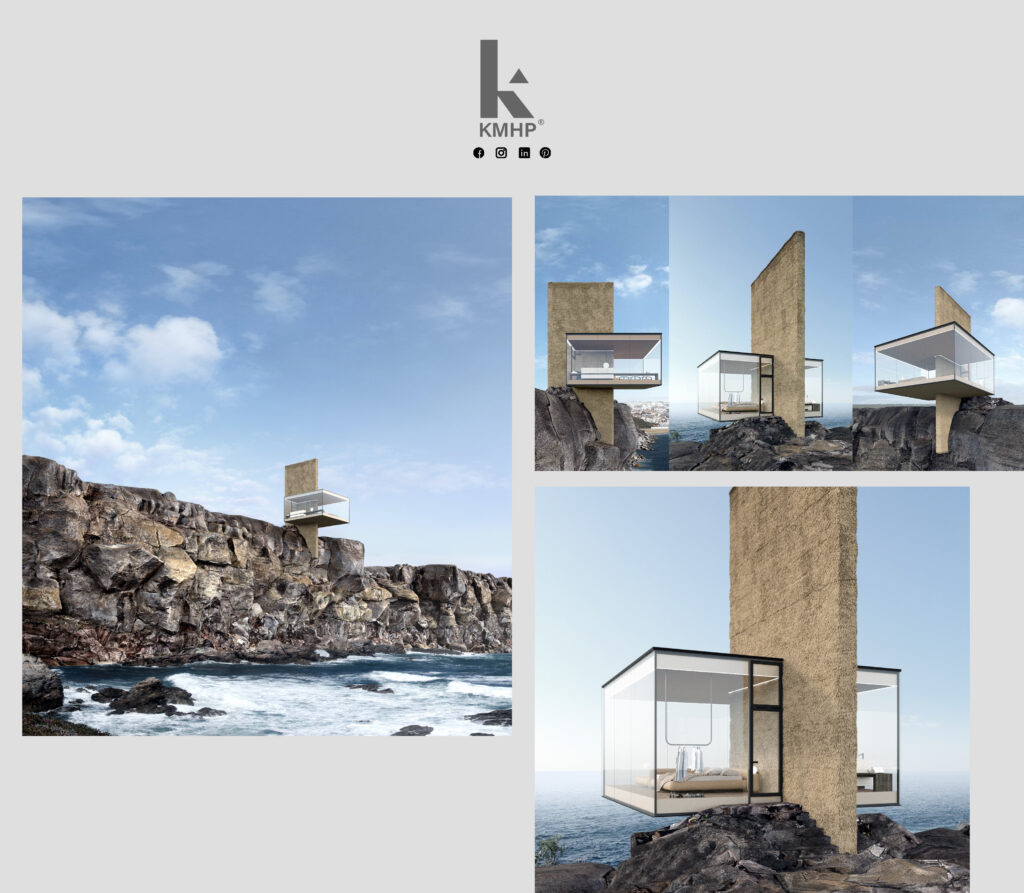A contemporary decorating style is fundamentally defined by its simplicity, subtle sophistication, deliberate use of texture, and clean lines. Interior design focuses on space rather than objects. Contemporary style refers to items that are current and modern in terms of fashion.

History – Contemporary Design
In reference to interior design and furniture, the term “contemporary” first appeared in the mid-twentieth century, and it has since been used to refer to current design trends that are based on the original.
Features – Contemporary Design
Contemporary design was commonly used at the end of the first decade of the twenty-first century to describe modern furniture made of wood, chrome, metal, and glass, in rooms that frequently used industrial materials. The industrial component was not included in the original 1950s mid-century modern design.
Effects – Contemporary Design
Rather than carving or ornate embellishment, contemporary design is sleek and uncluttered, with a distinct personality based on clean lines and high-quality materials. Sectionals and modular elements are frequently used.
Size – Contemporary Design
The scale of mid-century modern furniture was moderate. Contemporary design expanded in size during the first decade of the twenty-first century.
Color – Contemporary Design
Colors like orange, turquoise, cream, brown, and beige were popular in the 1950s. Other colours have been added to the palette over time, particularly bright, vibrant tones.
Considerations – Contemporary Design
Contemporary design will continue to evolve and change over time to reflect societal and cultural changes.


